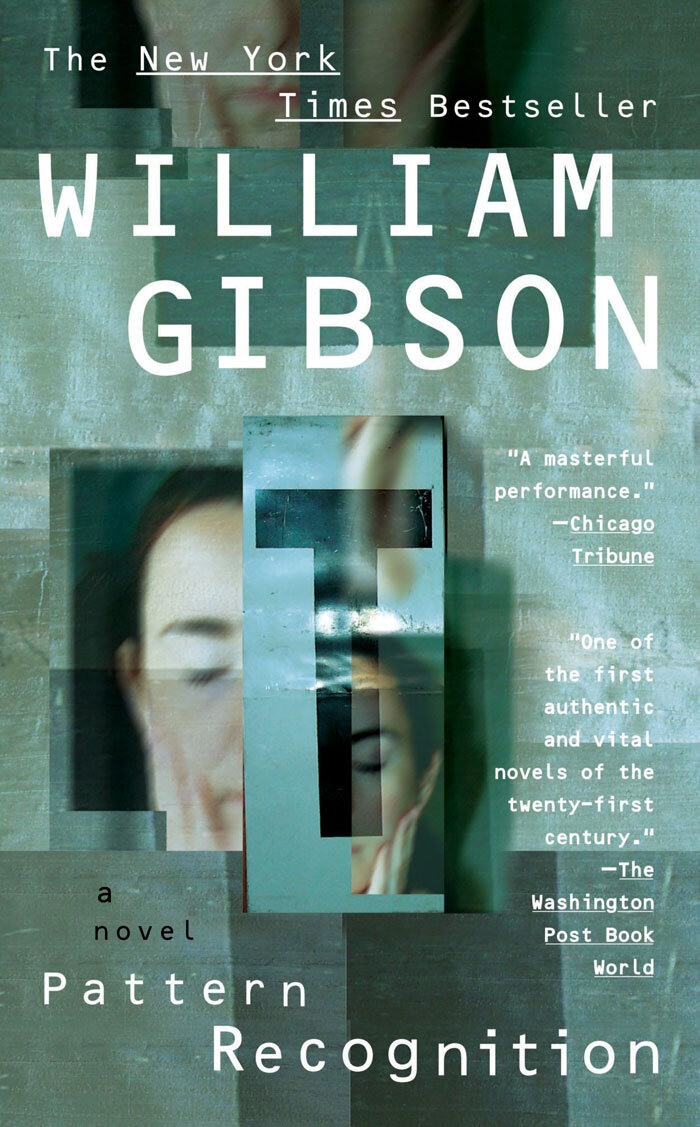“Pattern Recognition” by William Gibson
Pattern Recognition
By William Gibson
2003
384 pages / 10 hours and 22 minutes
Fiction
—
You know who coined the term cyberspace? It was not a physicist, but the novelist William Gibson, who popularized the term in his 1984 novel, Neuromancer. That novel won the Nebula Award, the Hugo Award, and the Philip K. Dick Award (the science fiction equivalent of the Triple Crown), which had never been done before. The book is usually put in the category of cyberpunk, which is itself slightly ambiguous but combines high technological concepts with lowlife realities of the breakdown in culture. I am not anyone's idea of a dedicated William Gibson fan. He is not on my list of favorite authors, and I'm also a little iffy on cyberpunk generally.
But I do wish to offer up to you Pattern Recognition. It is an extraordinarily difficult novel to review because it's difficult to explain. But I did find it to be hypnotic reading. Once I'd started I was anxious to see where we were going and how it all would turn out.
The book does not take place in the universe far away at some far distant moment but is very much anchored in the present. The heroine of the novel, Cayce Pollard, is a very big deal in the advertising world as a “cool” hunter. She roams the world, including some forgotten neighborhoods, looking for the origins of what will be the next big thing. So far so good.
But she winds up going in search of some unknown unattributed film clips that have appeared on the net and become a cult sensation. Her patron, who is a billionaire, wants her to track down the footage creator. There are so many subplots and twists and turns, but let's just say the Russian mafia will get involved. Paranoia will be the order of the day.
In his work Gibson is clearly indebted to Thomas Pynchon, whom I find mostly unreadable. If you are a Pynchon lover, you will love Pattern Recognition. If you are a Pynchon hater (and I'm a bit closer to that) you may still very much enjoy this book as I did.
Gibson is preoccupied in this novel (as in all of them) with the question of the relationship between human nature and technology. He became aware earlier than most of what a seismic shift was taking place with the world wide web. Are human beings pretty much the same despite radical shifts in the culture around them?
In her fine review in the New York Times Book Review, Lisa Zeidner writes:
Can a book with references to Starbucks, iBooks and Hummers become a classic? Can anything transcend its time now? Or is any novel about our tumultuous era bound to be a blip on the radar screen – the equivalent of 20 seconds of stray footage on the Net? [1]
You can decide for yourself, but I find this novel thoughtful, provocative, strange, and (best yet) quite unclassifiable.
—
[1] Lisa Zeidner, “Netscape,” The New York Times (January 19, 2003).








